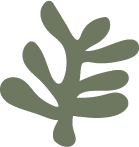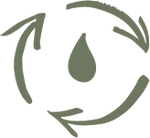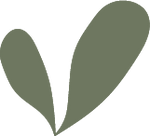"Visiting the dye mill and learning each step in the process spoke to our

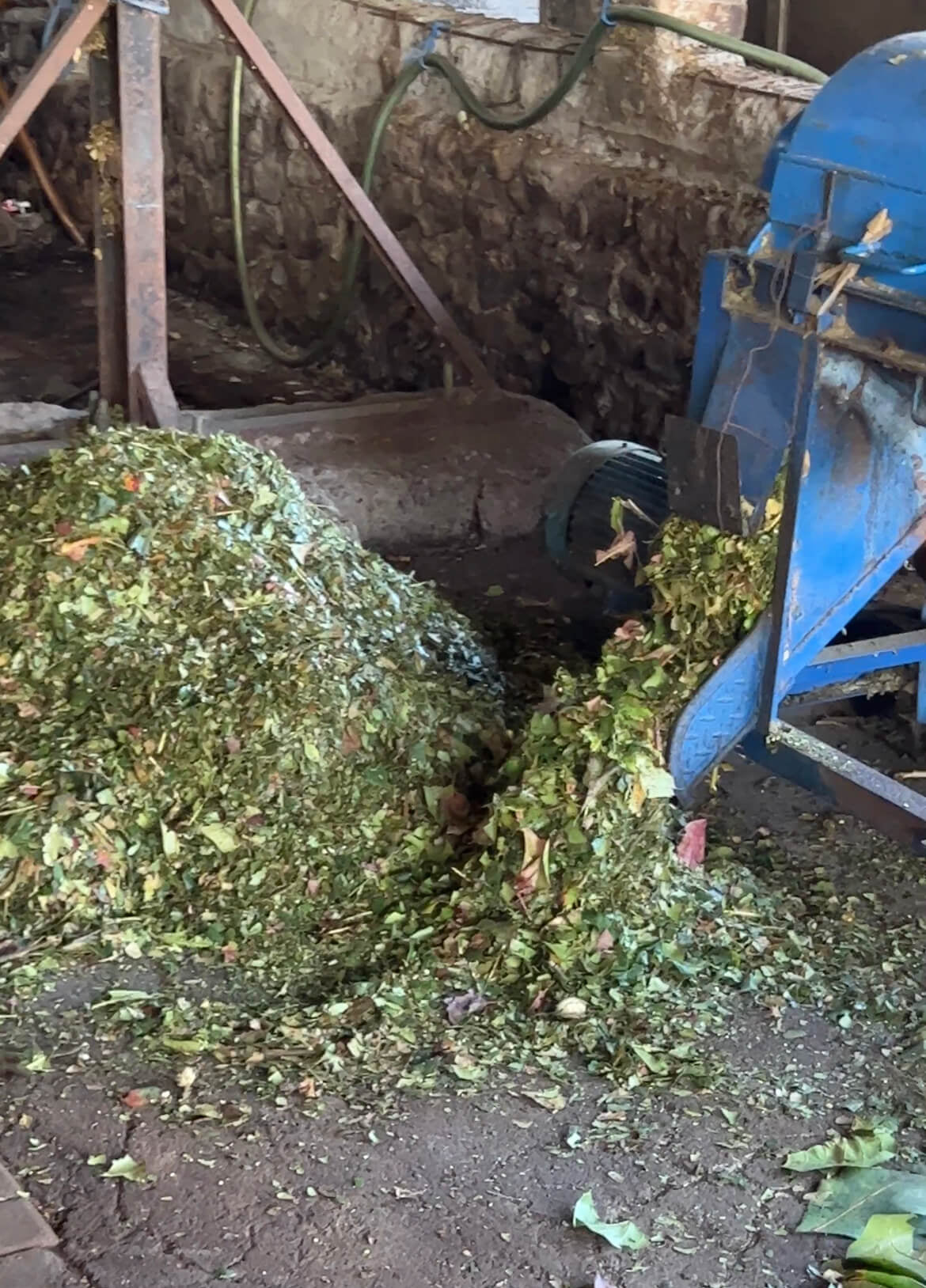

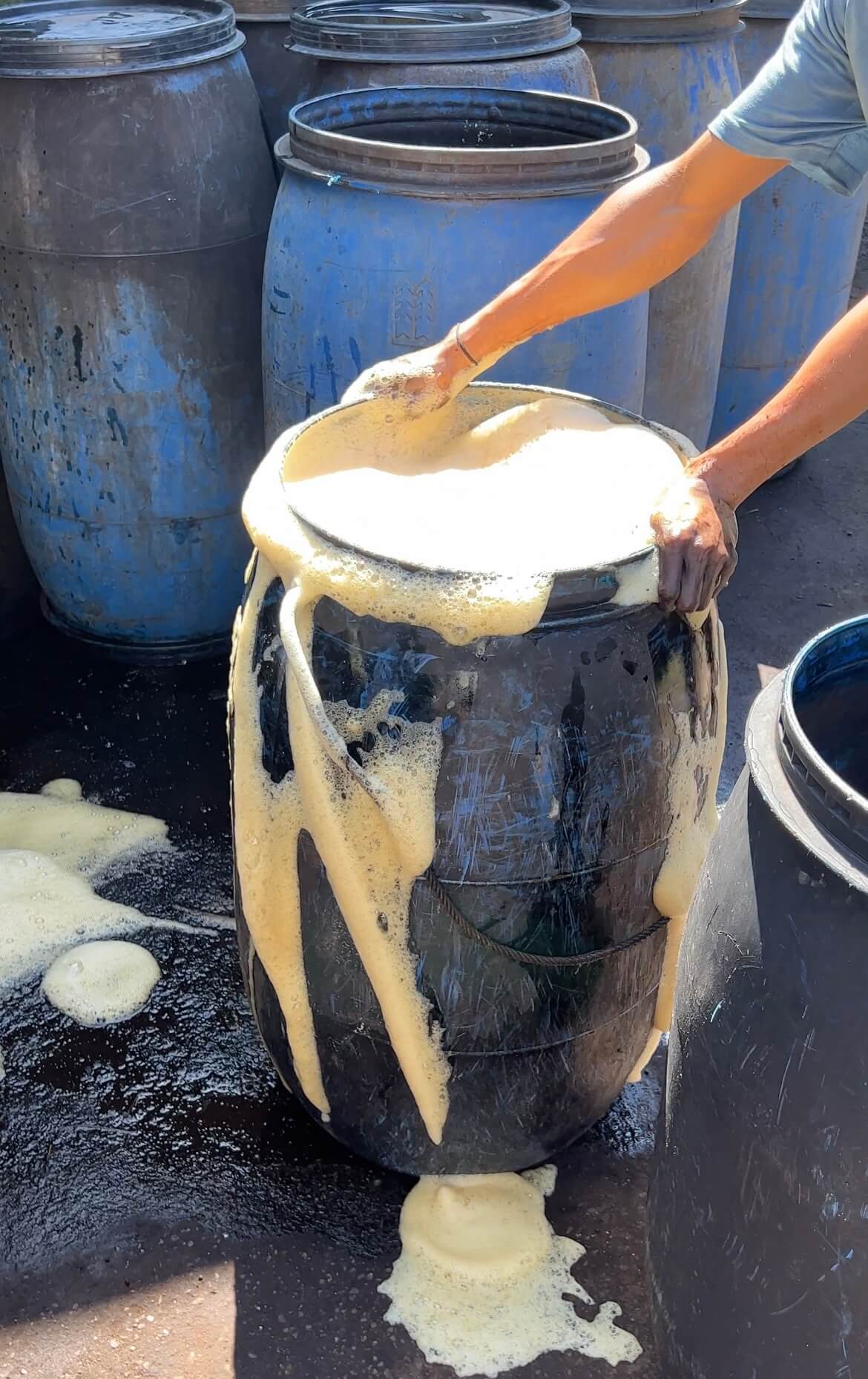
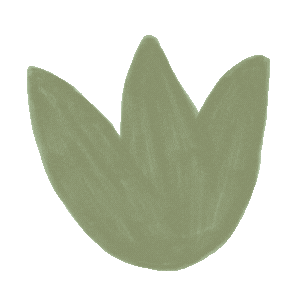

Sustainable harvesting
The colour extraction process is lengthier than typical dyeing. It involves chopping and air-drying leaves, followed by a 7 to 8-hour boil to obtain the colour extract. Nonetheless, leaves are the key ingredient in natural dyeing, thanks to their easy availability, sustainability (no tree cutting), and the potential for using leaf waste as compost.
Non-toxic


Benefits of plant dyes
Eco-Friendly: Plant dyes are biodegradable and environmentally sustainable. They do not release harmful chemicals into the environment during the dyeing process or after disposal.
Renewable and Abundant: Plants are a renewable resources that can be sustainably harvested without depleting the natural ecosystem.
Health and Safety: Plant dyes are non-toxic and pose no health risks to individuals handling them during the dyeing process.
Reduced Water Consumption: Compared to synthetic dyeing processes, dyeing with plant-based dyes requires less waste.




